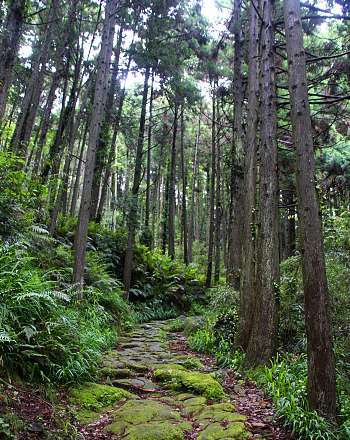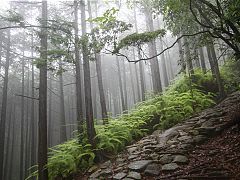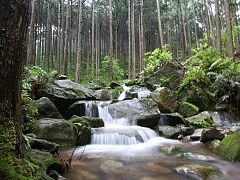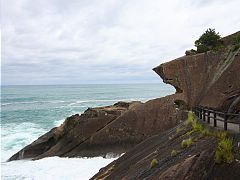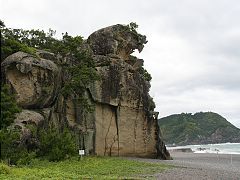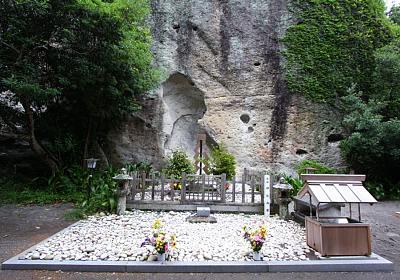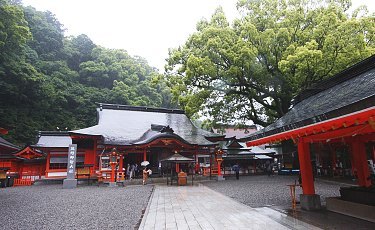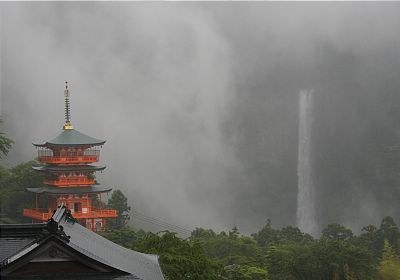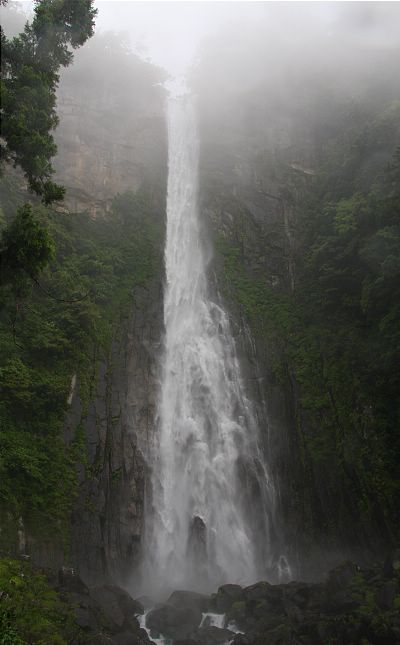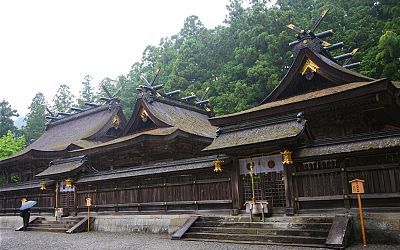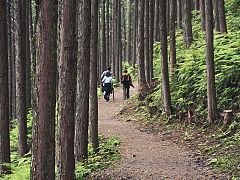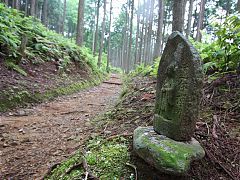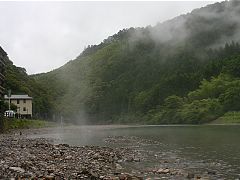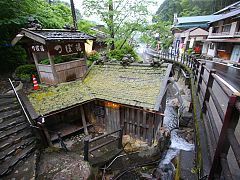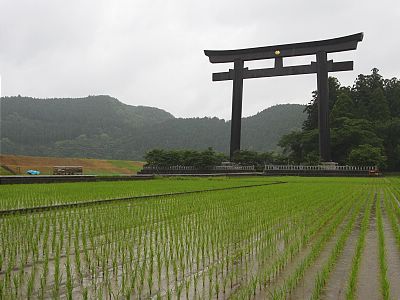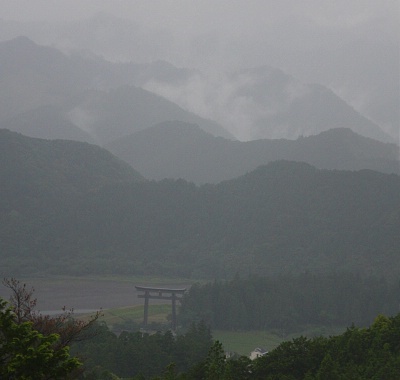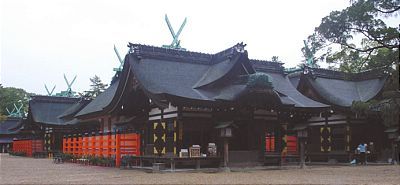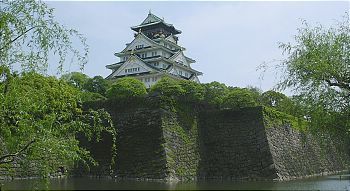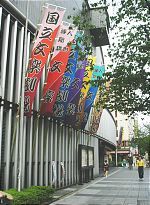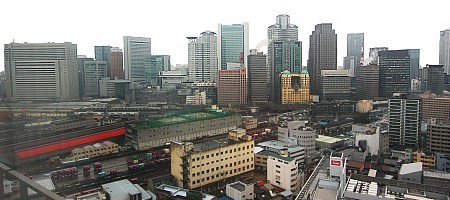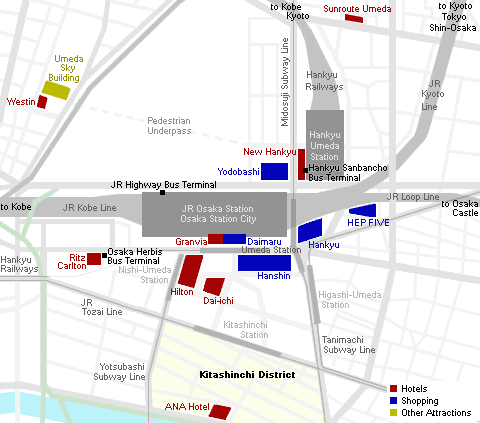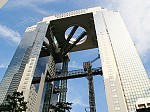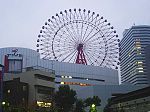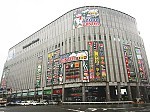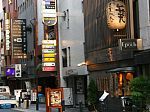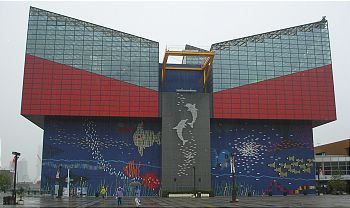| basic information |
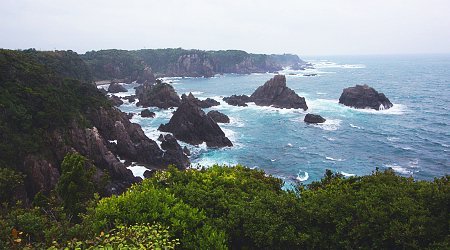
Kushimoto is located on the southern tip of the Kii Peninsula. The small town and its surroundings feature nice coastal scenery and several mildly interesting museums.
Cape Shionomisaki, just south of Kushimoto's town center, is the southernmost point of Japan's main island Honshu. A shrine and Shionomisaki Lighthouse stand nearby. The lighthouse contains a small museum with exhibits about the building and local history. It is also possible to climb to the top of the lighthouse.
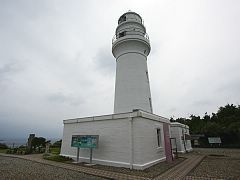 | 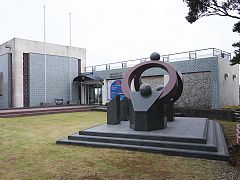 |
Not far from Cape Shionomisaki and connected with the mainland by a large modern bridge lies Oshima Island. The island is home to two small museums of foreign background and more coastal scenery.
The Turkish Memorial Museum is dedicated to an accident at sea in 1890, when a Turkish ship crashed on Oshima's shores. Survivors from the ship were cared for by townspeople until they could be safely sent back to Turkey. The incident marks the beginning of a deep friendship between Japan and Turkey.
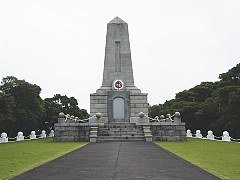 | 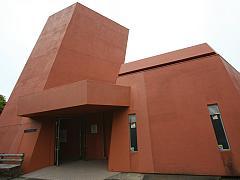 |
Oshima's second foreign inspired museum is the Japan-US Friendship Museum, which commemorates the arrival of two American tradeships to Oshima in 1791. The event is said to be the first occurrence of a "friendly" relationship between the two countries. Walking trails connect the museum with a nearby observation point with views over the spectacular Umikongo Coast, named after Mount Kongo in Korea.
On the mainland, a series of rocks dot the coastline leading out towards Oshima Island. A legend claims that these rocks, called Hashigui-iwa, (meaning "bridge pillar rocks") were created by the famous monk Kobo Daishi. He formed the rocks after being challenged by a monster to build a bridge across the sea. Kobo Daishi nearly succeeded, and the remains of his efforts still stand.

